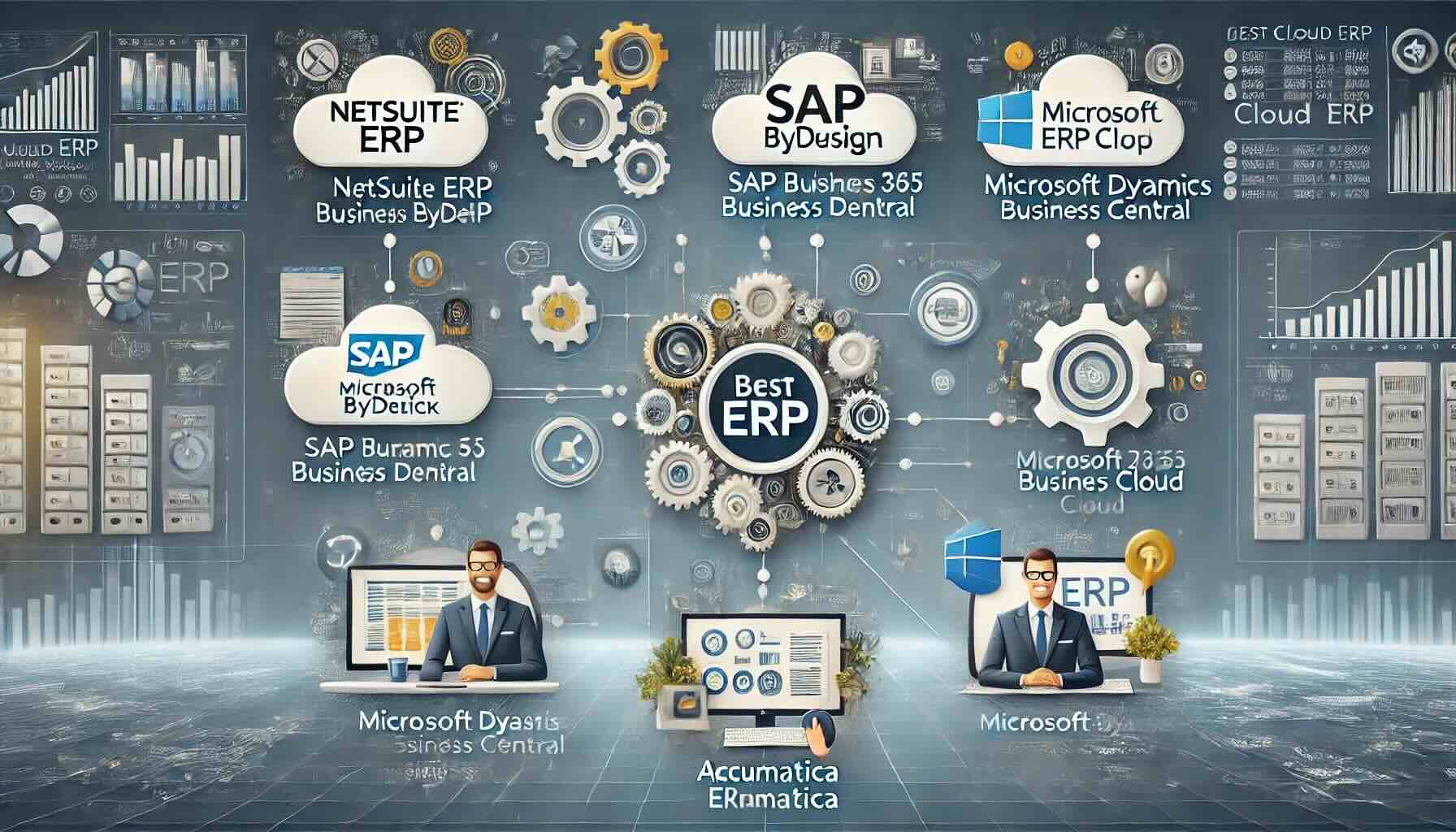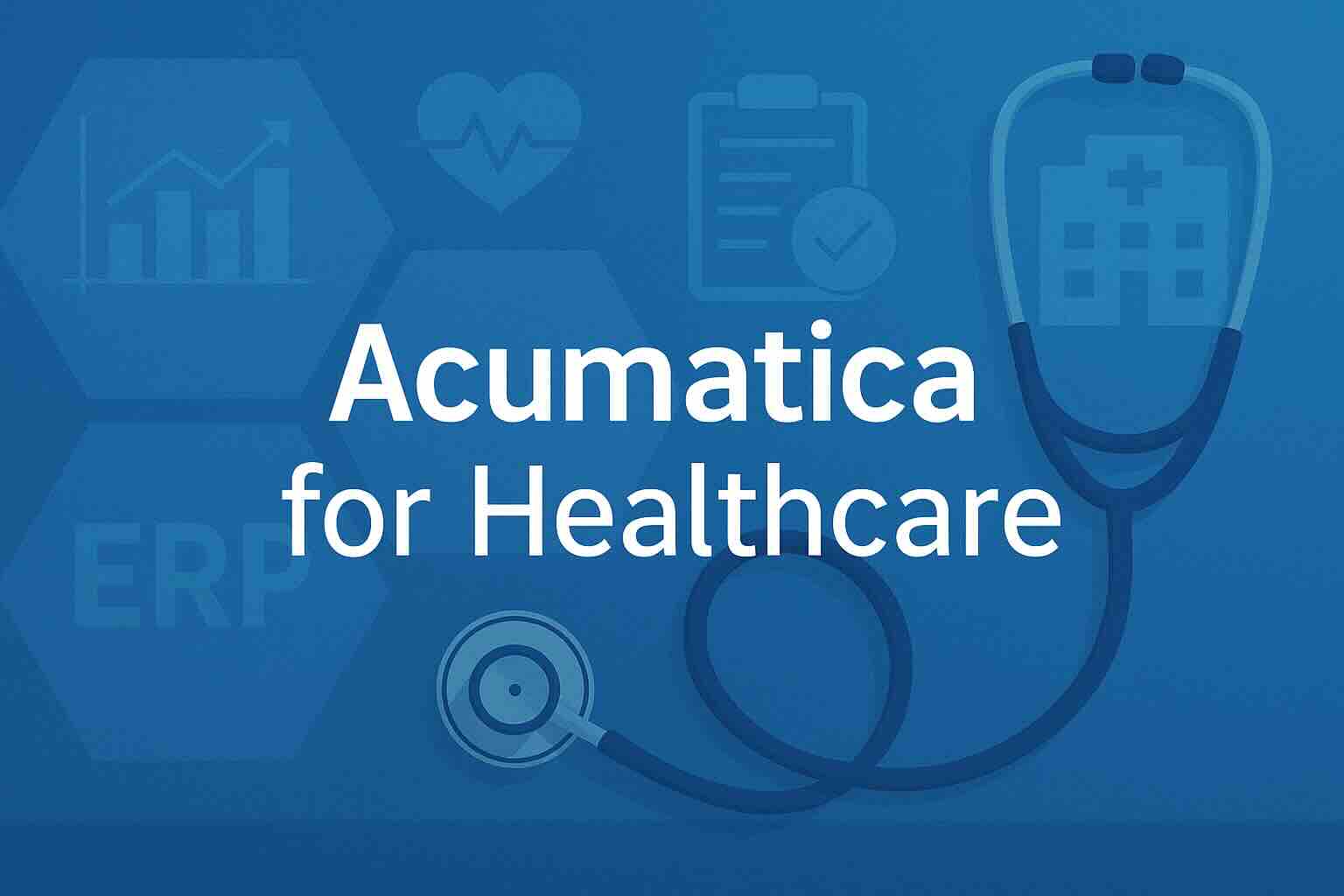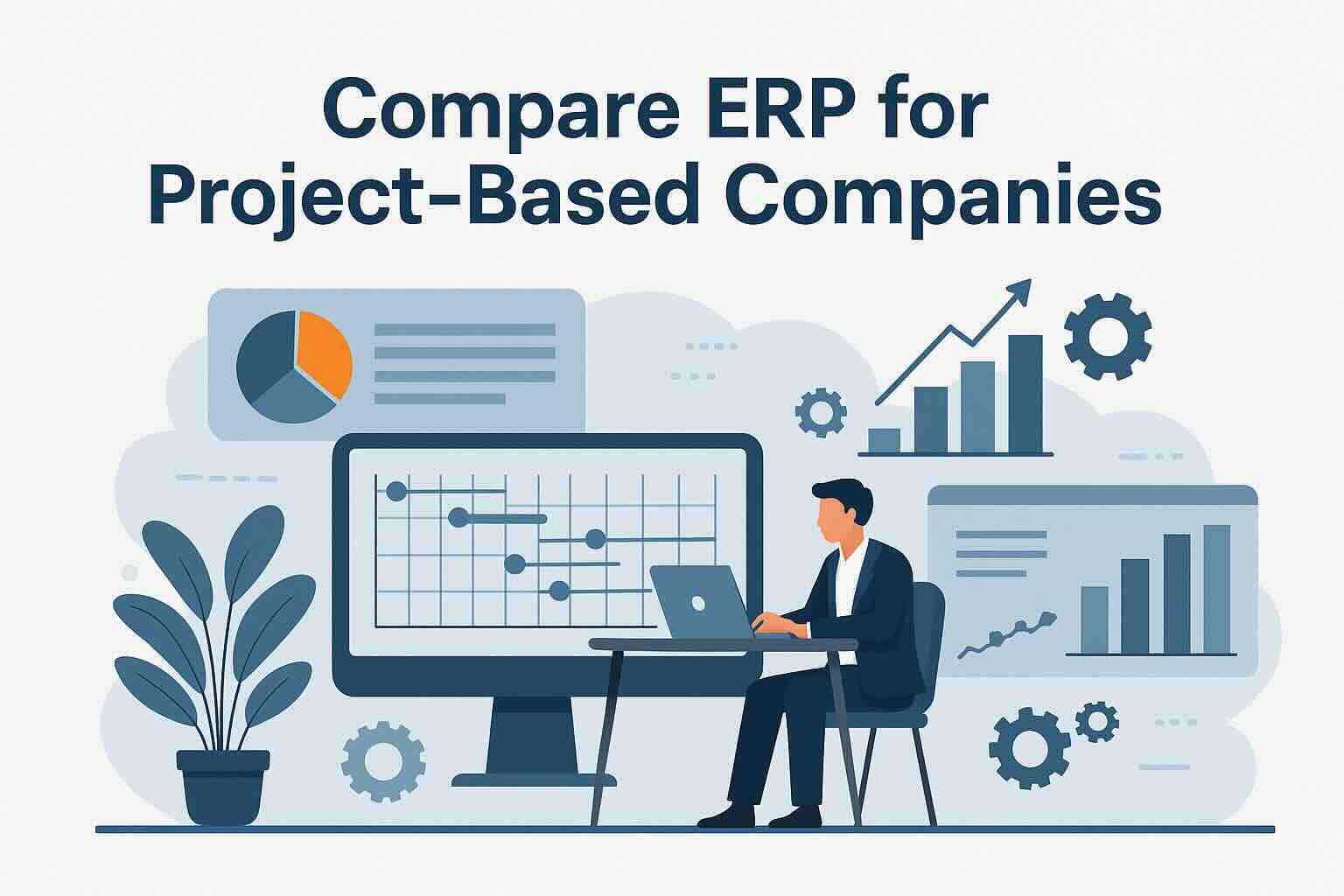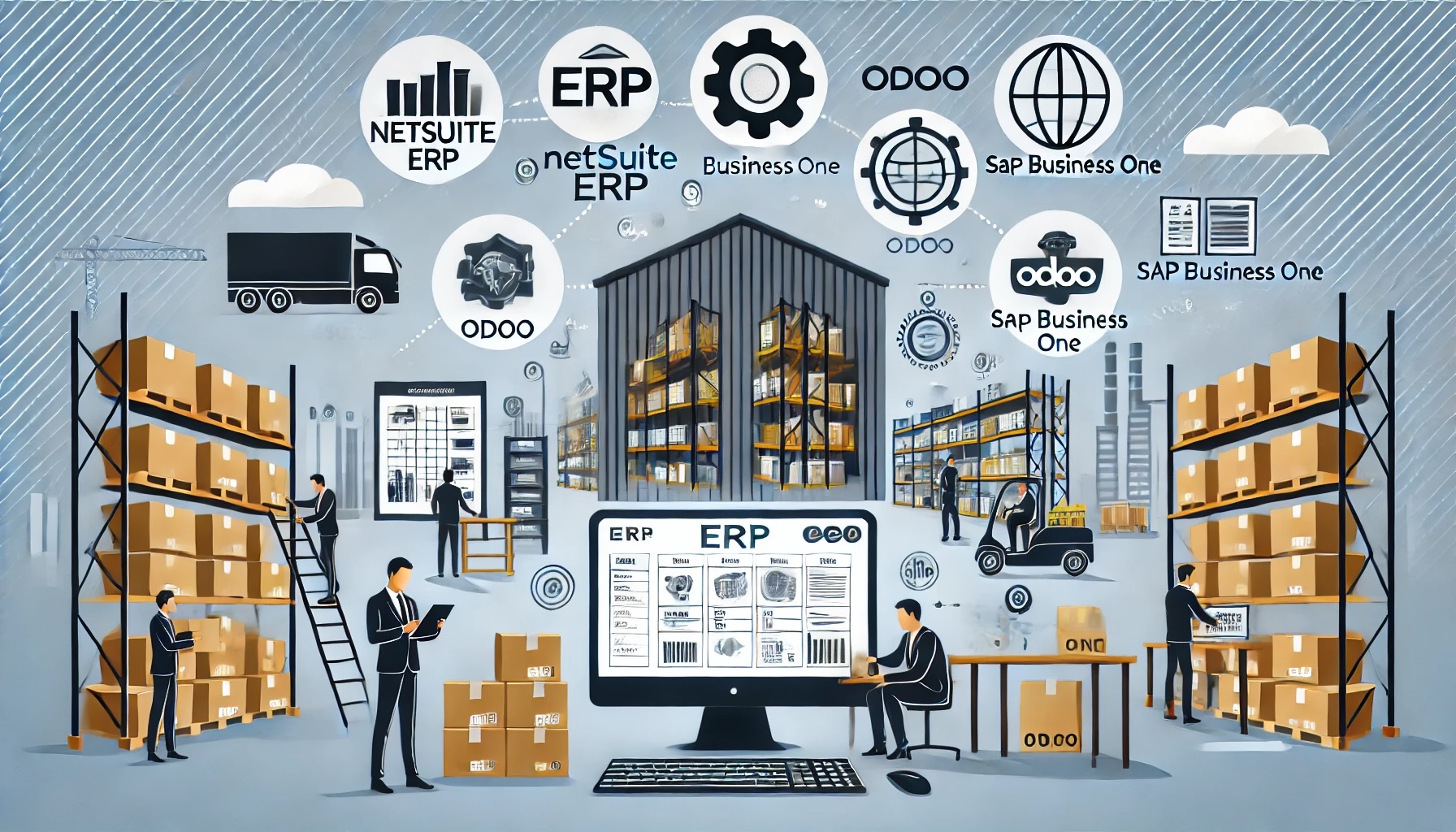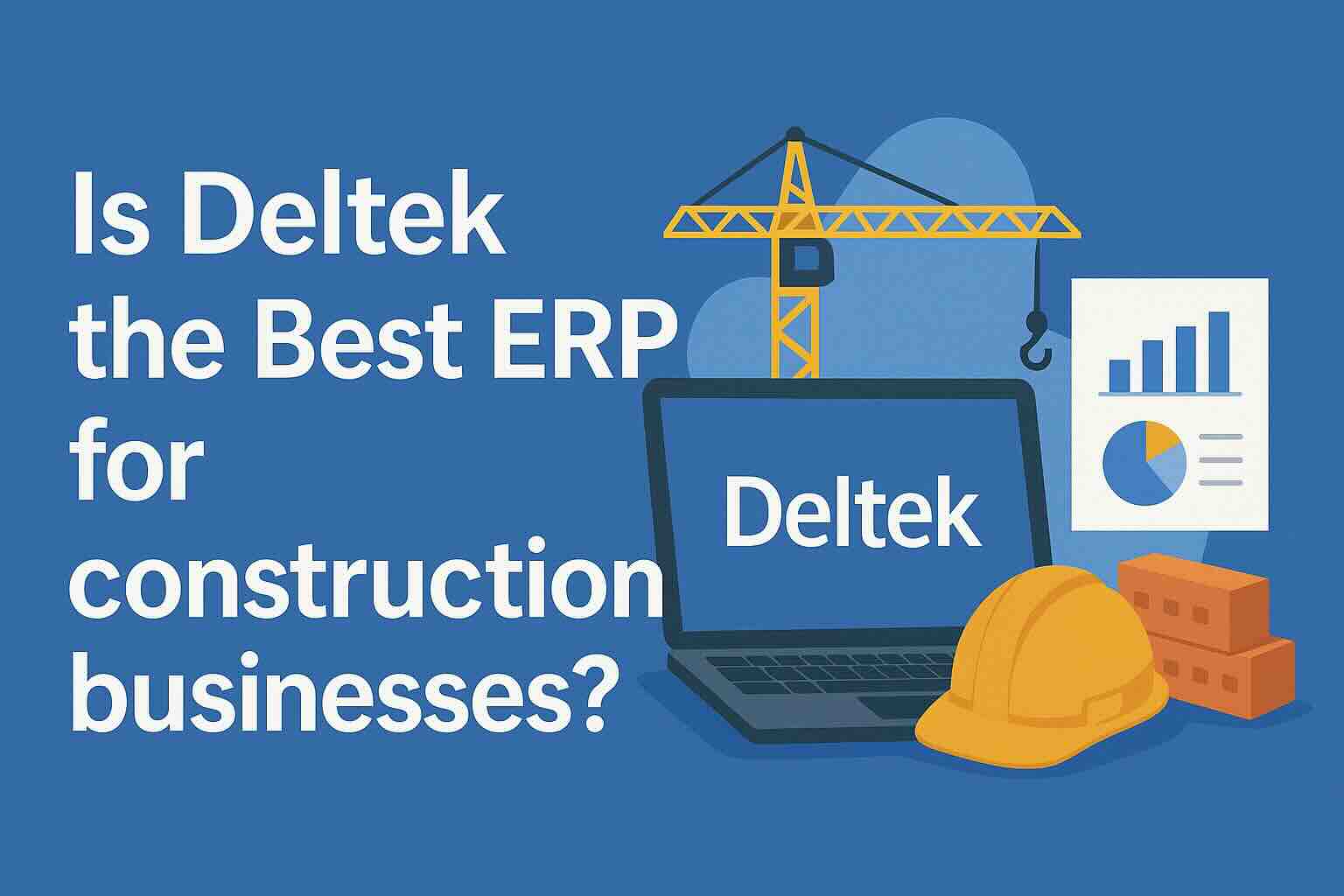Compare ERP for Government Businesses

Efficient management and seamless operations are critical for government entities, where the stakes often involve public welfare and large-scale projects. To handle the complexities of governmental processes, an Enterprise Resource Planning (ERP) system is indispensable. Governments, unlike private enterprises, deal with unique challenges such as regulatory compliance, budget constraints, and public transparency. Therefore, selecting the right ERP solution is crucial. In this article, we will compare ERP for government, focusing on some of the leading vendors: Acumatica, Oracle Cloud ERP, SAP S/4HANA, Certinia, Unit4, and Workday. We will delve into their strengths and weaknesses, providing a balanced view to help government entities make informed decisions.
Acumatica
Strengths:
Acumatica is renowned for its flexibility and user-friendly interface. It offers a cloud-based solution that ensures real-time data access and collaboration. This is particularly beneficial for government agencies that require constant updates and coordination across various departments. Acumatica’s pricing model, which is based on resources used rather than the number of users, can be cost-effective for large government entities with numerous employees.
Weaknesses:
However, Acumatica may fall short in terms of its specialization for government-specific processes compared to other vendors. While it is customizable, the out-of-the-box features might not be as tailored for government needs, requiring additional time and investment to fully adapt.
Click this link to find out more about Acumatica for government.
Oracle Cloud ERP
Strengths:
Oracle Cloud stands out with its comprehensive suite of applications and robust cloud infrastructure. It excels in handling large volumes of data and complex transactions, which are typical in government operations. Its strong analytical capabilities enable agencies to gain valuable insights and improve decision-making processes. Additionally, Oracle Cloud’s compliance features help government entities adhere to stringent regulatory requirements.
Weaknesses:
On the downside, Oracle Cloud can be quite costly, both in terms of initial investment and ongoing maintenance. Its implementation can also be complex and time-consuming, which might pose a challenge for government agencies with limited IT resources.
Click this link to find out more about Oracle Cloud ERP for government.
SAP S/4HANA
Strengths:
SAP S/4HANA is a leader in ERP solutions, offering high efficiency and integration capabilities. Its in-memory database allows for real-time data processing and analytics, which is crucial for government agencies that need to respond quickly to changing circumstances. SAP S/4HANA also provides robust support for financial management, procurement, and human resources, making it a comprehensive solution for government operations.
Weaknesses:
However, the cost and complexity of SAP S/4HANA can be prohibitive. The implementation process is often lengthy and requires significant expertise, which can be a hurdle for government agencies without extensive IT support.
Click this link to find out more about SAP S/4HANA for government.
Certinia
Strengths:
Certinia offers a focused solution tailored for professional services within the government sector. It emphasizes project management and service delivery, which are essential for government projects. Certinia’s integration with Salesforce provides powerful CRM capabilities, enhancing constituent relationship management and improving service delivery.
Weaknesses:
Despite its strengths, Certinia might not offer as broad a range of functionalities as some of the more comprehensive ERP solutions. It is more suited for specific government departments rather than a holistic solution for entire government operations.
Click this link to find out more about Certinia for government.
Unit4
Strengths:
Unit4 is designed with a strong focus on public sector needs, offering flexible and adaptable ERP solutions. It excels in people-centric processes such as human resources and financial management. Unit4’s user-friendly interface and strong customer support make it a viable option for government agencies looking for an intuitive and supportive ERP system.
Weaknesses:
However, Unit4’s market presence is not as strong as some of the other major ERP vendors, which might lead to concerns about long-term support and development. Additionally, its customization options, while flexible, may not match the depth offered by larger ERP systems.
Click this link to find out more about Unit4 for government.
Workday
Strengths:
Workday is known for its cloud-based platform that delivers excellent performance in human capital management and financial management. Its intuitive design and continuous updates ensure that government agencies always have access to the latest features and security updates. Workday’s focus on usability and employee experience is a significant advantage for public sector organizations.
Weaknesses:
One potential drawback of Workday is its primary focus on HR and financial processes, which might limit its effectiveness in other critical government functions. Additionally, the cost can be a barrier for smaller government agencies.
Click this link to find out more about Workday for government.
Conclusion
When it comes to ERP solutions for government, there is no one-size-fits-all answer. Each vendor has its strengths and weaknesses, and the best choice will depend on the specific needs and constraints of the government entity. Acumatica offers flexibility and cost-effectiveness, Oracle Cloud ERP provides robust analytics and compliance, and SAP S/4HANA ensures comprehensive functionality and real-time processing. Certinia and Unit4 cater to specific government needs with tailored solutions, while Workday excels in human capital and financial management. By carefully considering these factors, government agencies can find the ERP solution that best fits their requirements, ensuring efficient and transparent operations.
To compare these ERP solutions and many more, you can use our new AI-powered Compare ERP tool. It’s free to use and you get a guaranteed discount on your first year’s licence fees with a referral from Compare ERP.
